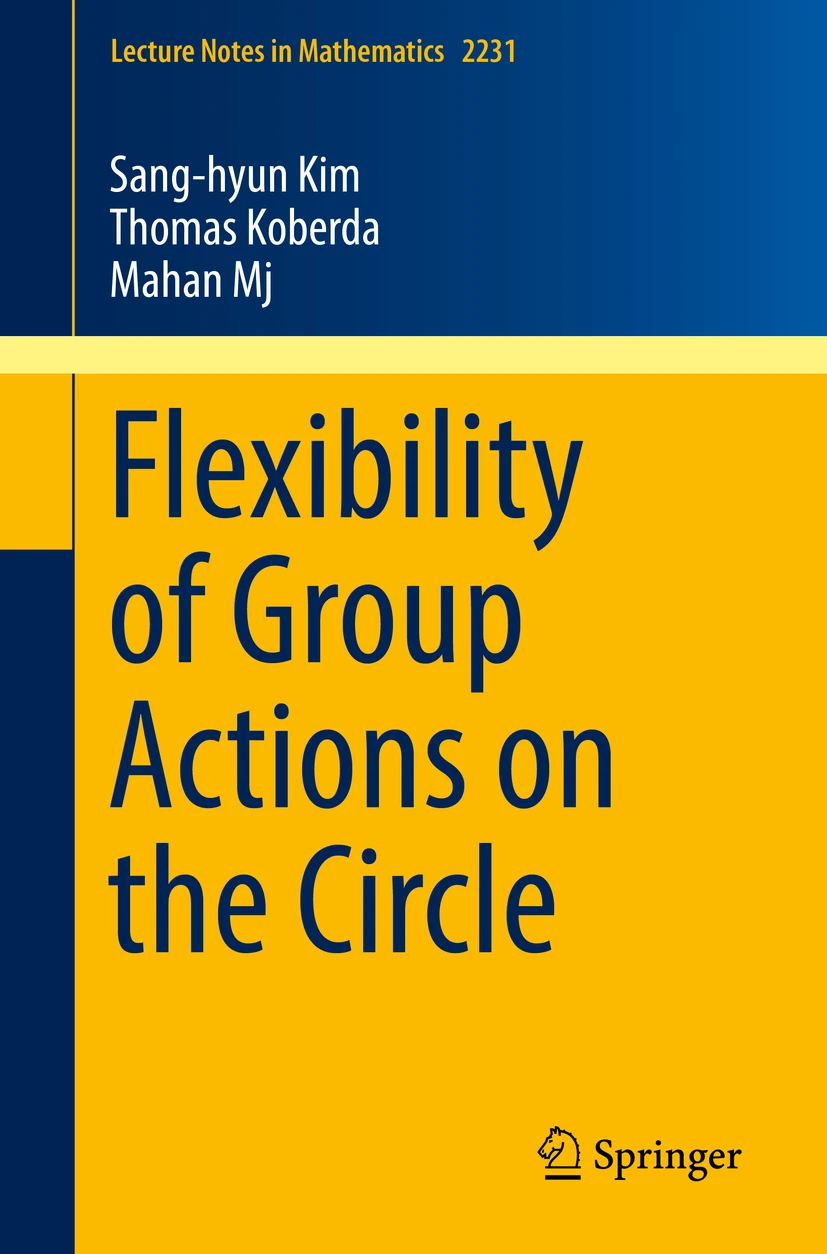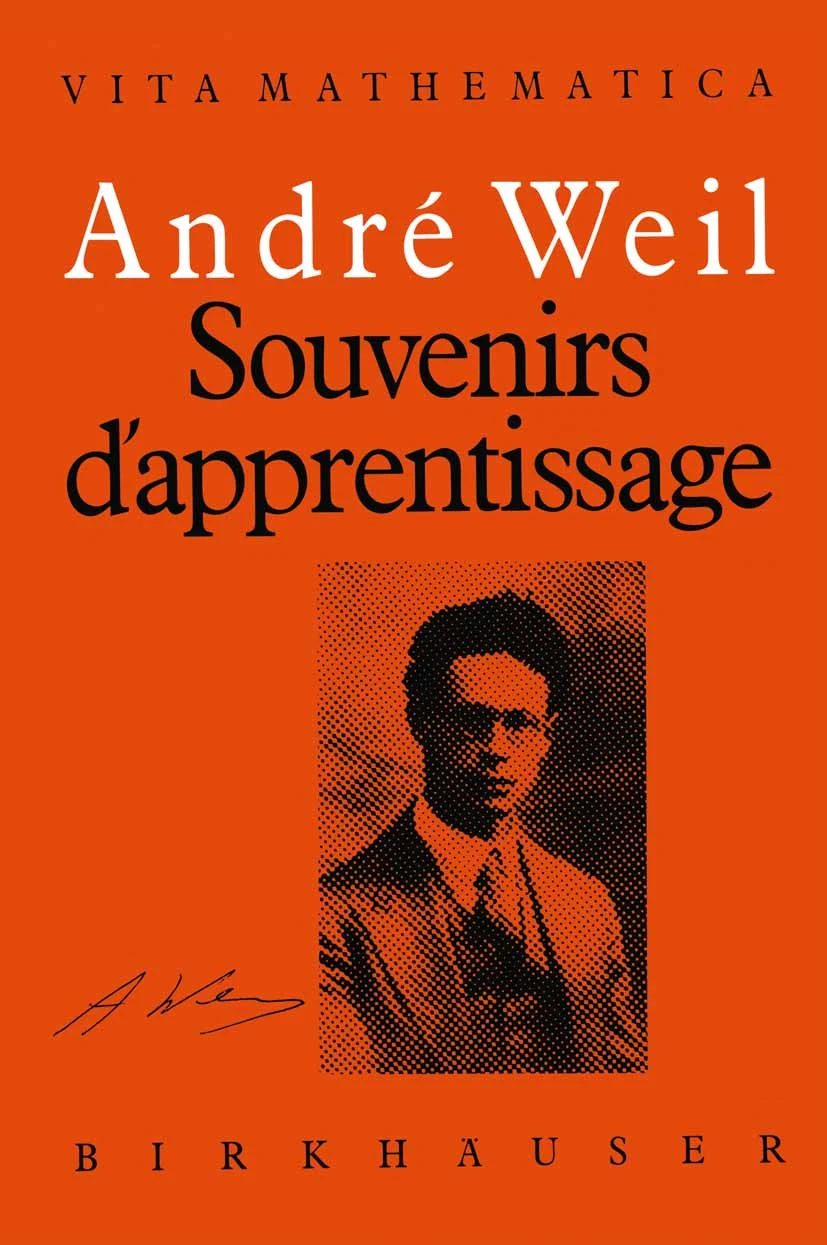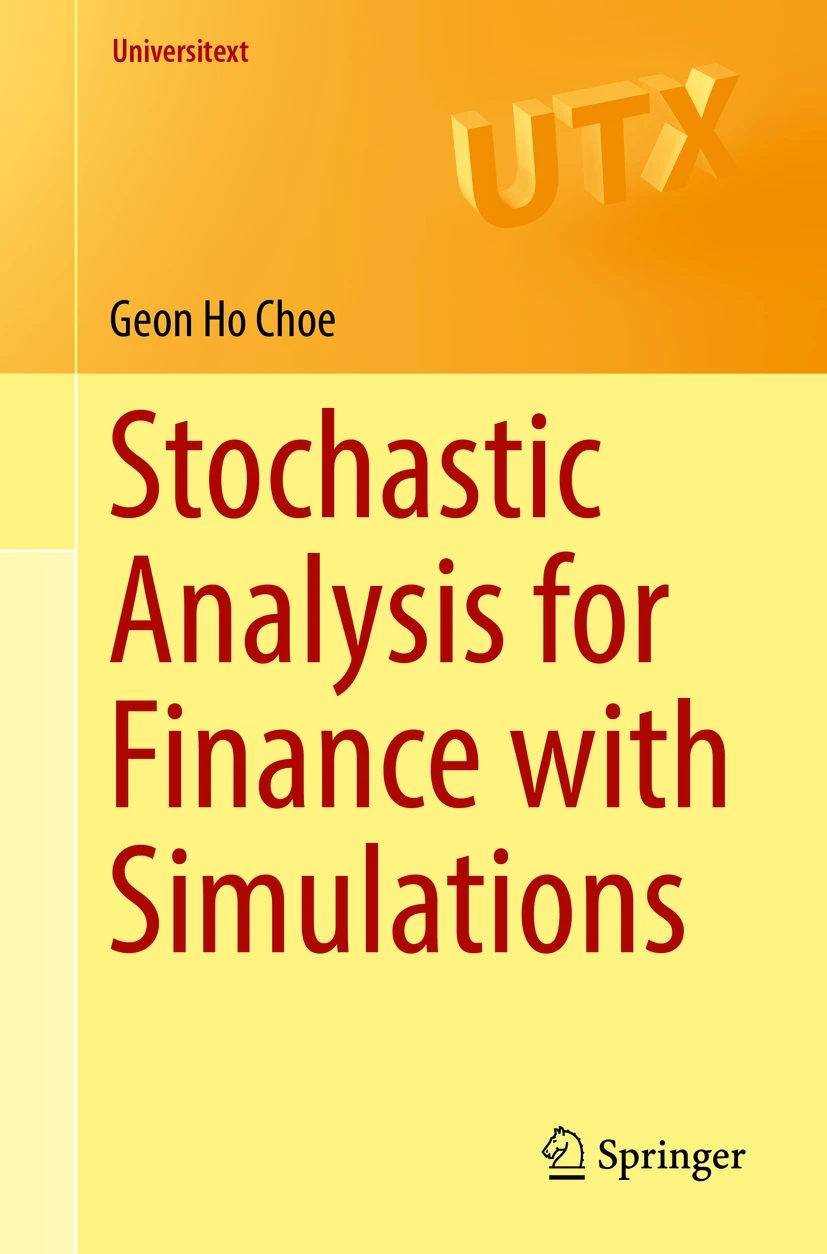-20%
Privacy in Mobile and Pervasive Computing
Original price was: ₹ 5,705.00.₹ 4,564.00Current price is: ₹ 4,564.00.
It is easy to imagine that a future populated with an ever-increasing number of mobile and pervasive devices that record our minute goings and doings will significantly expand the amount of information that will be collected, stored, processed, and shared about us by both corporations and governments. The vast majority of this data is likely to benefit us greatly—making our lives more convenient, efficient, and safer through custom-tailored and context-aware services that anticipate what we need, where we need it, and when we need it. But beneath all this convenience, efficiency, and safety lurks the risk of losing control and awareness of what is known about us in the many different contexts of our lives. Eventually, we may find ourselves in a situation where something we said or did will be misinterpreted and held against us, even if the activities were perfectly innocuous at the time. Even more concerning, privacy implications rarely manifest as an explicit, tangible harm. Instead, most privacy harms manifest as an absence of opportunity, which may go unnoticed even though it may substantially impact our lives. In this Synthesis Lecture, we dissect and discuss the privacy implications of mobile and pervasive computing technology. For this purpose, we not only look at how mobile and pervasive computing technology affects our expectations of—and ability to enjoy—privacy, but also look at what constitutes ''privacy'' in the first place, and why we should care about maintaining it. We describe key characteristics of mobile and pervasive computing technology and how those characteristics lead to privacy implications. We discuss seven approaches that can help support end-user privacy in the design of mobile and pervasive computing technologies, and set forward six challenges that will need to be addressed by future research. The prime target audience of this lecture are researchers and practitioners working in mobile and pervasive computing who want to better understand and account for the nuanced privacy implications of the technologies they are creating. Those new to either mobile and pervasive computing or privacy may also benefit from reading this book to gain an overview and deeper understanding of this highly interdisciplinary and dynamic field.
-20%
Privacy in Mobile and Pervasive Computing
Original price was: ₹ 5,705.00.₹ 4,564.00Current price is: ₹ 4,564.00.
It is easy to imagine that a future populated with an ever-increasing number of mobile and pervasive devices that record our minute goings and doings will significantly expand the amount of information that will be collected, stored, processed, and shared about us by both corporations and governments. The vast majority of this data is likely to benefit us greatly—making our lives more convenient, efficient, and safer through custom-tailored and context-aware services that anticipate what we need, where we need it, and when we need it. But beneath all this convenience, efficiency, and safety lurks the risk of losing control and awareness of what is known about us in the many different contexts of our lives. Eventually, we may find ourselves in a situation where something we said or did will be misinterpreted and held against us, even if the activities were perfectly innocuous at the time. Even more concerning, privacy implications rarely manifest as an explicit, tangible harm. Instead, most privacy harms manifest as an absence of opportunity, which may go unnoticed even though it may substantially impact our lives. In this Synthesis Lecture, we dissect and discuss the privacy implications of mobile and pervasive computing technology. For this purpose, we not only look at how mobile and pervasive computing technology affects our expectations of—and ability to enjoy—privacy, but also look at what constitutes ''privacy'' in the first place, and why we should care about maintaining it. We describe key characteristics of mobile and pervasive computing technology and how those characteristics lead to privacy implications. We discuss seven approaches that can help support end-user privacy in the design of mobile and pervasive computing technologies, and set forward six challenges that will need to be addressed by future research. The prime target audience of this lecture are researchers and practitioners working in mobile and pervasive computing who want to better understand and account for the nuanced privacy implications of the technologies they are creating. Those new to either mobile and pervasive computing or privacy may also benefit from reading this book to gain an overview and deeper understanding of this highly interdisciplinary and dynamic field.
-21%
Quantum Robotics
Original price was: ₹ 4,279.00.₹ 3,423.00Current price is: ₹ 3,423.00.
Quantum robotics is an emerging engineering and scientific research discipline that explores the application of quantum mechanics, quantum computing, quantum algorithms, and related fields to robotics. This work broadly surveys advances in our scientific understanding and engineering of quantum mechanisms and how these developments are expected to impact the technical capability for robots to sense, plan, learn, and act in a dynamic environment. It also discusses the new technological potential that quantum approaches may unlock for sensing and control, especially for exploring and manipulating quantum-scale environments. Finally, the work surveys the state of the art in current implementations, along with their benefits and limitations, and provides a roadmap for the future.
-21%
Quantum Robotics
Original price was: ₹ 4,279.00.₹ 3,423.00Current price is: ₹ 3,423.00.
Quantum robotics is an emerging engineering and scientific research discipline that explores the application of quantum mechanics, quantum computing, quantum algorithms, and related fields to robotics. This work broadly surveys advances in our scientific understanding and engineering of quantum mechanisms and how these developments are expected to impact the technical capability for robots to sense, plan, learn, and act in a dynamic environment. It also discusses the new technological potential that quantum approaches may unlock for sensing and control, especially for exploring and manipulating quantum-scale environments. Finally, the work surveys the state of the art in current implementations, along with their benefits and limitations, and provides a roadmap for the future.
-20%
Souvenirs d’apprentissage
Original price was: ₹ 7,607.00.₹ 6,086.00Current price is: ₹ 6,086.00.
L’auteur, mathématicien, mais dont l‘horizon ne s‘est jamais borné aux mathématiques, évoque ici les souvenirs d’une carrière qui l’a mené dans plusieurs continents : Italie et Allemagne d’abord, puis l’Inde où il séjourna et enseigna à une époque décisive pour l’histoire de ce pays, et où il rencontra brièvement Ghandi, et plus longuement Jawaharlal Nehru ; l’U.R.S.S., à un moment où le stalinisme semblait se relâcher avant de rependre bientôt en toute férocité ; Princeton, le « clearing house » moderne des idées mathématiques, dit parfois le paradis des mathématiciens ; la prison, en Finlande, où, pris pour un espion soviétique, il manqua de peu le poteau d’exécution, puis en France où il fut condamné pour avoir tenté de se soustraire à ses obligations militaires, et où il eut le temps de rédiger à la prison de Rouen l’un de ses meilleurs travaux mathématiques ; l’Angleterre où il vécut la bataille de Londres avant de se retrouver en France et d’en repartir pour l’Amérique ; le Brésil enfin, terme de ses vicissitudes. A travers ces épisodes souvent pittoresques s’est déroulé un destin de mathématicien dont l’un des points saillants fut sa participation à la fondation du groupe Bourbaki, auteur collectif d’un traité déjà devenu classique.
-20%
Souvenirs d’apprentissage
Original price was: ₹ 7,607.00.₹ 6,086.00Current price is: ₹ 6,086.00.
L’auteur, mathématicien, mais dont l‘horizon ne s‘est jamais borné aux mathématiques, évoque ici les souvenirs d’une carrière qui l’a mené dans plusieurs continents : Italie et Allemagne d’abord, puis l’Inde où il séjourna et enseigna à une époque décisive pour l’histoire de ce pays, et où il rencontra brièvement Ghandi, et plus longuement Jawaharlal Nehru ; l’U.R.S.S., à un moment où le stalinisme semblait se relâcher avant de rependre bientôt en toute férocité ; Princeton, le « clearing house » moderne des idées mathématiques, dit parfois le paradis des mathématiciens ; la prison, en Finlande, où, pris pour un espion soviétique, il manqua de peu le poteau d’exécution, puis en France où il fut condamné pour avoir tenté de se soustraire à ses obligations militaires, et où il eut le temps de rédiger à la prison de Rouen l’un de ses meilleurs travaux mathématiques ; l’Angleterre où il vécut la bataille de Londres avant de se retrouver en France et d’en repartir pour l’Amérique ; le Brésil enfin, terme de ses vicissitudes. A travers ces épisodes souvent pittoresques s’est déroulé un destin de mathématicien dont l’un des points saillants fut sa participation à la fondation du groupe Bourbaki, auteur collectif d’un traité déjà devenu classique.
-20%
Stochastic Analysis for Finance with Simulations
Original price was: ₹ 7,607.00.₹ 6,086.00Current price is: ₹ 6,086.00.
This book is an introduction to stochastic analysis and quantitative finance; it includes both theoretical and computational methods. Topics covered are stochastic calculus, option pricing, optimal portfolio investment, and interest rate models. Also included are simulations of stochastic phenomena, numerical solutions of the Black–Scholes–Merton equation, Monte Carlo methods, and time series. Basic measure theory is used as a tool to describe probabilistic phenomena.
The level of familiarity with computer programming is kept to a minimum. To make the book accessible to a wider audience, some background mathematical facts are included in the first part of the book and also in the appendices. This work attempts to bridge the gap between mathematics and finance by using diagrams, graphs and simulations in addition to rigorous theoretical exposition. Simulations are not only used as the computational method in quantitative finance, but they can also facilitate an intuitive and deeper understanding of theoretical concepts. Stochastic Analysis for Finance with Simulations is designed for readers who want to have a deeper understanding of the delicate theory of quantitative finance by doing computer simulations in addition to theoretical study. It will particularly appeal to advanced undergraduate and graduate students in mathematics and business, but not excluding practitioners in finance industry.
-20%
Stochastic Analysis for Finance with Simulations
Original price was: ₹ 7,607.00.₹ 6,086.00Current price is: ₹ 6,086.00.
This book is an introduction to stochastic analysis and quantitative finance; it includes both theoretical and computational methods. Topics covered are stochastic calculus, option pricing, optimal portfolio investment, and interest rate models. Also included are simulations of stochastic phenomena, numerical solutions of the Black–Scholes–Merton equation, Monte Carlo methods, and time series. Basic measure theory is used as a tool to describe probabilistic phenomena.
The level of familiarity with computer programming is kept to a minimum. To make the book accessible to a wider audience, some background mathematical facts are included in the first part of the book and also in the appendices. This work attempts to bridge the gap between mathematics and finance by using diagrams, graphs and simulations in addition to rigorous theoretical exposition. Simulations are not only used as the computational method in quantitative finance, but they can also facilitate an intuitive and deeper understanding of theoretical concepts. Stochastic Analysis for Finance with Simulations is designed for readers who want to have a deeper understanding of the delicate theory of quantitative finance by doing computer simulations in addition to theoretical study. It will particularly appeal to advanced undergraduate and graduate students in mathematics and business, but not excluding practitioners in finance industry.
-20%
Tilings of the Plane
Published on 2024
Original price was: ₹ 5,705.00.₹ 4,564.00Current price is: ₹ 4,564.00.
The aim of the book is to study symmetries and tesselation, which have long interested artists and mathematicians. Famous examples are the works created by the Arabs in the Alhambra and the paintings of the Dutch painter Maurits Escher. Mathematicians did not take up the subject intensively until the 19th century. In the process, the visualisation of mathematical relationships leads to very appealing images. Three approaches are described in this book.In Part I, it is shown that there are 17 principally different possibilities of tesselation of the plane, the so-called 'plane crystal groups'. Complementary to this, ideas of Harald Heesch are described, who showed how these theoretical results can be put into practice: He gave a catalogue of 28 procedures that one can use creatively oneself – following in the footsteps of Escher, so to speak – to create artistically sophisticated tesselation.In the corresponding investigations for the complex plane in Part II, movements are replaced by bijective holomorphic mappings. This leads into the theory of groups of Möbius transformations: Kleinian groups, Schottky groups, etc. There are also interesting connections to hyperbolic geometry.Finally, in Part III, a third aspect of the subject is treated, the Penrose tesselation. This concerns results from the seventies, when easily describable and provably non-periodic parquetisations of the plane were given for the first time.
-20%
Tilings of the Plane
Original price was: ₹ 5,705.00.₹ 4,564.00Current price is: ₹ 4,564.00.
The aim of the book is to study symmetries and tesselation, which have long interested artists and mathematicians. Famous examples are the works created by the Arabs in the Alhambra and the paintings of the Dutch painter Maurits Escher. Mathematicians did not take up the subject intensively until the 19th century. In the process, the visualisation of mathematical relationships leads to very appealing images. Three approaches are described in this book.In Part I, it is shown that there are 17 principally different possibilities of tesselation of the plane, the so-called 'plane crystal groups'. Complementary to this, ideas of Harald Heesch are described, who showed how these theoretical results can be put into practice: He gave a catalogue of 28 procedures that one can use creatively oneself – following in the footsteps of Escher, so to speak – to create artistically sophisticated tesselation.In the corresponding investigations for the complex plane in Part II, movements are replaced by bijective holomorphic mappings. This leads into the theory of groups of Möbius transformations: Kleinian groups, Schottky groups, etc. There are also interesting connections to hyperbolic geometry.Finally, in Part III, a third aspect of the subject is treated, the Penrose tesselation. This concerns results from the seventies, when easily describable and provably non-periodic parquetisations of the plane were given for the first time.





